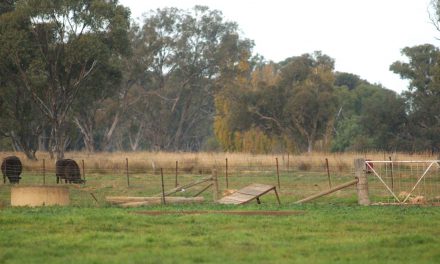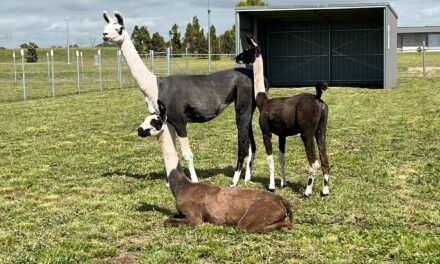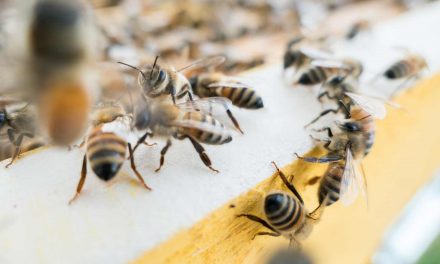A global research project led by The University of Western Australia in collaboration with the Department of Primary Industries and Regional Development Western Australia has identified compounds in Merino sheep wool that are attractive to Australian blowflies.
The discovery, published in Medical and Veterinary Entomology, could help breeders develop fly-resistant flocks of sheep, which will improve animal welfare and productivity.
Professor Phil Vercoe from the UWA Institute of Agriculture and UWA School of Agriculture and Environment said the findings could help to prevent flystrike, a distressing disease caused by blowflies which poses a significant health risk to sheep.
“This research is a step in the right direction towards the development of more clean, green and ethical approaches to preventing flystrike,” Professor Vercoe said.
“If future studies find that the wool odour is inherited, then the compounds we’ve identified could lead to a more effective way to breed sheep that are resistant to flystrike.
“This would be a great thing for industry because it would improve the welfare of the animals and productivity and address the cost of flystrike which has been estimated to cost the agriculture industry $280 million annually.”
Dr Johan Greeff from the Department of Primary Industries and Regional Development said that the discovery could lead to a simple test, based on the presence of certain volatile compounds in sheep’s wool that determines whether flies will be attracted to the sheep.
“Our study shows that Merino sheep clearly have individual differences in the chemical content of their wool,” Dr Greeff said. “The fly-attractive wool contains volatile compounds that weren’t found in the non-attractive wool.”
The research was funded by Australian Wool Innovation and the Australian Research Council.








